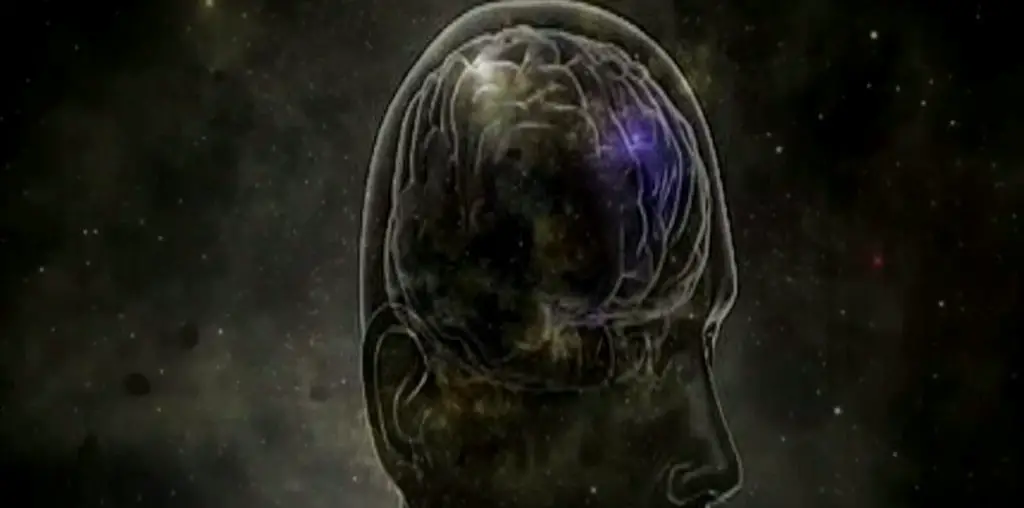
This video documents a commute down a California freeway from Ventura to Hollywood, repeated over 5 days. The drive is filmed from a camera in the back seat of the car, looking forward through the windshield. The screen is divided into five vertical stripes, each stripe showing the footage from a different consecutive day of the week. Horizontally, we see slices of time; vertically, slices of space.
In the beginning and ending of the video, when the car is entering and leaving the freeway, there is the most visual differentiation between the five stripes, since the car is turning, stopping and starting, and passing a variety of street scenes. In the great bulk of the middle of the video, however, the images in the five stripes are remarkably similar in this straight, monotonous stretch of highway. The traffic flow is about the same. The weather is about the same. (Ah, California.) Only the specific models of cars passing by bring much variation. Girardet’s electronic music emphasizes the sense of mindless, endlessly even motion. The video reinforces my observation that no matter what music you listen to while driving, it always seems like the music perfectly matches the stretch of the road you are driving on.
As in all minimalist, largely static films, after a while, one’s eye becomes attuned to tiny variations, which begin to assume large importance. The bouncing of the camera in the back seat causes the edges of the dashboard in the stripes to match each other disjunctively. The guardrail on the left moves slightly, and changes shape. The driver’s eyes, seen in the rearview mirror, shift back and forth.
Filippone also introduces a few very subtle changes to the footage. Near the beginning, there are occasional freeze frames, timed to changes in the music. Later, the footage in one stripe or another cross fades to other, similar footage. There is a green hazy tint to most of the stripes, sometimes just on the windshield, sometimes on the dashboard. He creates flashes of light, which pass over all five stripes. Mostly, however, the video emphasizes the sameness over the variations. After a while, the driver reads a paper while driving, and who could blame him?
About 35 minutes into the video, the entire image of five stripes begins, almost imperceptibly, to shrink into a smaller and smaller square. Over the course of the next ten minutes it slowly disappears, surrounded by black. Then, the full image reappears for the piece’s coda: the exit from the freeway and the drive through the city, ending with the car parked in front of a house with large cacti in front. Each stripe cuts to black after the car is parked. Since the drive through the city takes radically different amounts of time on the five days, the stripes disappear at disparate times. This footage is shot mostly in fast motion, so we feel the erratic flow of city driving without all the endless waiting at traffic lights.
The scheme of “Commute,” with its stripes of time, is conceptual, but its greatly extended length encourages us to focus on minute variations in the visual imagery. As such, it seems to me that it would work better in a gallery setting than in a theater, and it has indeed been shown in several galleries. Although the video, as presented, does not in any way make a political statement, the overall feeling I took away from it was of the monumental, appalling wastefulness and soul-deadening quality of our automobile-centered culture, which has resulted recently in the deaths of hundreds of thousands of Iraqis, and the fresh creation of American-hating fanatics and enemies around the world.

